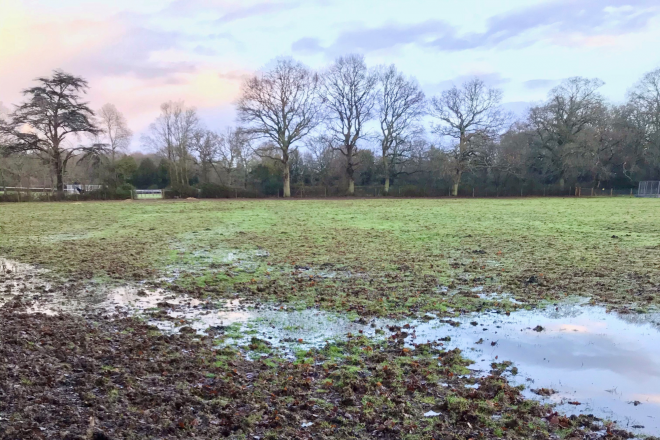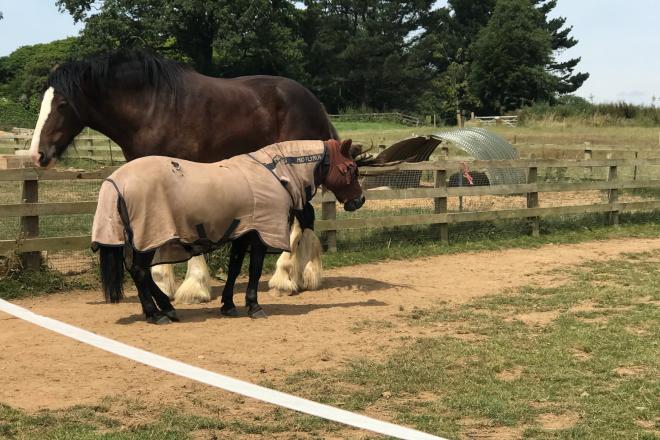Waterlogging and Compaction
To help to manage waterlogged or compacted land, the following sets out key considerations and suggestions.
Consider:
- Soil type.
- Is the problem across the whole site or just in certain areas?
- Current management:
- Is heavy machinery used in wet conditions or over winter?
- Regular rolling of land to rectify poaching, can inadvertently cause compaction which, in turn may make waterlogging worse year on year.

Suggestions:
- Reduce number of horses. Heavy clay soils will be particularly prone to waterlogging and this should be taken into consideration when determining stocking density.
- Reduce pressure on the land during and after wet weather by keeping horses off the pasture.
- Allow wetter fields to grow into ‘standing hay’ (don’t graze between April and early October) so that there is more dense root ‘mat’ and a thicker, more robust sward during the wetter months.
- Cease rolling.
- Reduce or better still, avoid using heavy machinery in wet conditions or over the winter months.
- Use sheep if available, to rectify poaching, as in drier conditions the action of a flock of small hooves can help to even out the ground.
- Re-seed areas with appropriate, locally characteristic species, ideally from nearby. A varied sward will root at different depths and encourage soil invertebrates. Together helping to aerate the soil and making a big difference to the resilience of wet or compacted ground long-term. This intervention will also support wildlife and landscape character.
- Avoid using wet land for horses, instead consider setting aside naturally wet areas for nature. Mole drainage or other manipulation of natural drainage patterns, should be a last resort.

